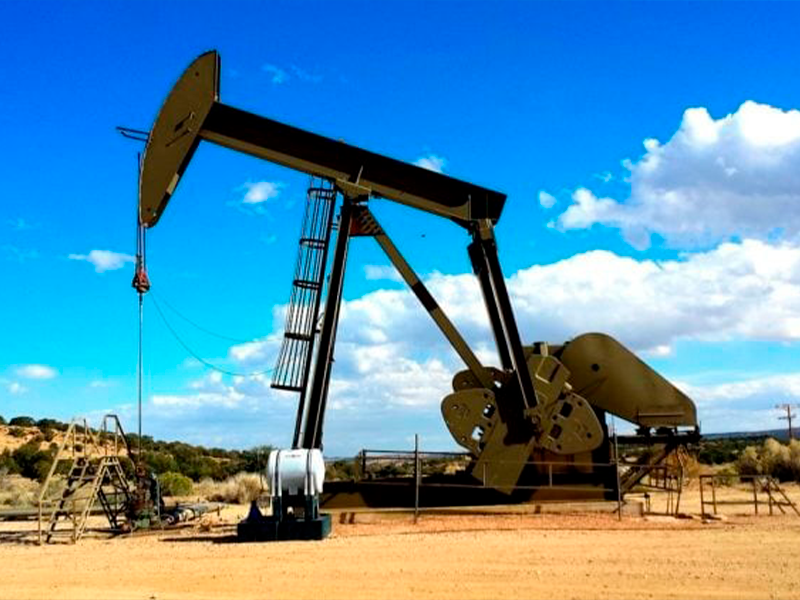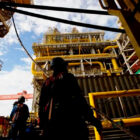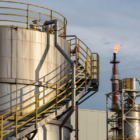
The history of industrialization in Espírito Santo dates back to the beginning of the 20th century, with the first industries installed in the municipality of Cachoeiro de Itapemirim. From the 1950s onwards, the still embryonic stage of industrialization in Espírito Santo developed due to the role played by the metalworking, steel and metallurgical sectors in large projects carried out in the state. This arrangement has become one of the most important in the economy of Espírito Santo to this day.
Currently, the local production structure comprises six segments. We have the metalworking sector, with companies capable of producing components and equipment to serve large industries; mining, represented in the state by Vale and Samarco; and steelmaking, made up of ArcelorMittal Tubarão and Simec, which position Espírito Santo as the third largest steel producer in Brazil. There are also the service and machinery manufacturing segments that have been increasing their participation in local supply; pulp, with Suzano, which is a benchmark in global competitiveness; and, lastly, oil and gas, with the presence of Petrobras and Shell, responsible for the production of approximately 350 thousand barrels per day, which positions the state as the third largest producer in the country.
CDMEC, together with Findes, Sindifer, Sinduscon, Sindicopes and Sebrae, worked hard to promote the activities of the Supplier Development Program (PDF) created in 1995 with the aim of fostering the development of local companies that make up the arrangement, an effort that resulted in a change in the supply chain of large projects, expanding local supply from 8% to more than 65%.
With over 30 years of history, CDMEC is currently dedicated to actions focused on technology and innovation to develop companies and make them more competitive at a national level. In partnership with Vale and ArcelorMittal, the “Challenges and Demands of Innovation” Workshops were held, with another stage scheduled for this year. In 2019, the project “Acceleration of Technological Innovation in the Metalworking and Oil and Gas Sectors” was approved through the FUNCITEC/MCI fund, an achievement of the working group entitled “Metalworking and Oil and Gas”, which is composed of entities such as FAPES, IFES, SENAI, UFES, UVV and led by CDMEC.
According to the FCP&G – Espírito Santo Oil and Gas Forum, investments in the order of R$50 billion are planned for the state by 2023, of which approximately 58% will be allocated to the oil and gas sector. With an eye on these investments, CDMEC has FCP&G as an ally to work on the development of companies in Espírito Santo, where consultant Vinicius Chagas represents CDMEC as coordinator of the Technological Demands Working Group, GT02.
Espírito Santo shows the strength of its companies. We have evolved a lot but unity will certainly make us even stronger.
The industrialization of Espírito Santo
The history of industrialization in Espírito Santo dates back to the beginning of the 20th century, with the first industries installed in the municipality of Cachoeiro de Itapemirim. Starting from the 1950s, the industrialization in Espírito Santo, which was then still in its early stages, was developed due to large projects carried out in the State in the metalomechanical, steel, and metallurgical sectors. This arrangement came to be one of the most important for the economy of Espírito Santo until today.
Today, the productive arrangement of the metalomechanical sector comprises six segments. Metallurgy, with companies qualified in the production of components and equipment that service major industries; Mining, represented in the State by Vale and Samarco; Steel, made up of ArcelorMittal Tubarão and Simec, which made Espírito Santo the third largest steel producer in Brazil. There are also the Services and Machinery Manufacturers segments, which have been continuously expanding their participation in offering supplies to major industries; Cellulose, represented by Fibria, which is a world reference in competitiveness; and, lastly, Oil and Gas, with Petrobras and Shell responsible for the production of about 400,000 barrels per day, positioning the state as the third largest oil producer in the country. CDMEC, allied to Findes, Sindifer, Sinduscon, Sindicopes and Sebrae, strove to promote the activities of the PDF (Supplier Development Program), created in 1995 with the objective of boost development for the local companies that compose the productive chain, effort that resulted in a change in the supply chain for large projects, with local supply jumping from 8% to over 65%.
With more than 30 years of history, CDMEC dedicates today to actions regarding to technology and innovation, to develop companies and make them more competitive at national level. In partnership with Vale e ArcelorMittal, the “Innovation Challenges and Demands” Workshops were carried out, with one more stage scheduled for this year. In 2019, the project “Acceleration of Metalomechanical and Oil&Gas Technological Innovation” through the FUNCITEC/MCI fund, a realization of the work group entitled “Metalomechanical and Oil&Gas”, which is integrated by entities such as Fapes, IFES, SENAI, UFES, UVV and leaded by CDMEC. There are investments planned for the state around R$ 50 billion until 2023, of which approximately 58% are destined to Oil&Gas sector. Looking forward these investments, CDMEC allied to Fórum Capixaba de Petróleo e Gás in order to work in the development of the capixaba companies, where the Consultant Vinicius Chagas represents CDMEC as coordinator of the Working Group on technological demands, the Working Group GT02.
Espírito Santo is gradually showing the strengths of its companies. We have come a long way, but we believe that unity will enable us to go even further.










